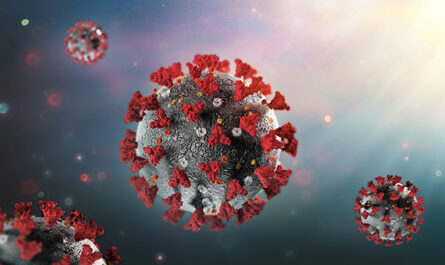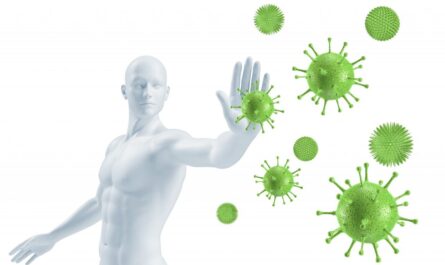Preliminary animal studies conducted by researchers at the Johns Hopkins Kimmel Cancer Center and Johns Hopkins Drug Discovery have shown that combining two experimental drugs can effectively treat malignant peripheral nerve sheath tumors with fewer harmful side effects. The findings, published in Molecular Cancer Therapeutics, demonstrate that the combination of an experimental drug that blocks the metabolism of the amino acid glutamine with another experimental drug that inhibits the recycling of purines, the building blocks of DNA and RNA that tumors require for growth, reduced the size of peripheral nerve sheath tumors in mice and improved their survival rates. Importantly, the combination was found to be less toxic compared to previously tested drug combinations.
Peripheral nerve sheath tumors, known as malignant peripheral nerve sheath tumors (MPNST), are rare cancers that originate in the lining of the nerves. It is worth noting that individuals with the cancer predisposition syndrome neurofibromatosis type 1 (NF1) have a higher risk of developing these tumors. MPNST is the leading cause of death in NF1 patients under the age of 40.
Lead study author, Dr. Kathryn Lemberg, explains that when NF1 patients develop these tumors, the outcome is often poor, and current treatment options such as surgical removal and conventional chemotherapy may not yield satisfactory results. Therefore, there is a need for better treatment options for MPNST.
The researchers, led by senior author Dr. Barbara Slusher, director of Johns Hopkins Drug Discovery, developed an experimental drug called JHU395, which blocks the utilization of glutamine. Glutamine is an essential nutrient for cancer cells, as it is used to synthesize proteins and other molecules necessary for their growth and survival. Previous studies conducted by the research team had shown that JHU395 partially reduced the size of MPNST tumors in mice by impairing one arm of purine production, known as the de novo pathway. However, the tumors were still able to access purine through a recycling or salvage pathway. To further enhance the anti-tumor response, JHU395 was combined with another purine antimetabolite called 6-mercaptopurine (6-MP).
While the combination was effective, 6-MP was found to cause liver and gastrointestinal toxicity due to its metabolization into its active form. To address this issue, the researchers developed an alternate purine salvage-blocking prodrug called Pro-905. In collaboration with scientists from the Institute of Organic Chemistry and Biochemistry of the Czech Academy of Sciences in Prague and Northwestern University, the researchers showed that the combination of JHU395 and Pro-905 inhibited purine synthesis in human MPNST cells through distinct mechanisms, resulting in decreased synthesis of new DNA and RNA. Furthermore, in mouse models, the combination of JHU395 and Pro-905 was found to be more effective in reducing tumor growth than 6-MP, while also demonstrating less toxicity.
Dr. Lemberg emphasizes the importance of collaboration in advancing scientific research, particularly in the study of rare tumor types that require the expertise of multiple researchers. Moving forward, the research team plans to investigate the effectiveness of this experimental drug combination in other types of tumors that utilize similar pathways for growth. They also aim to explore whether this combination would be effective in patients with malignant peripheral nerve sheath tumors, or if Pro-905 could be used as a maintenance therapy to prevent tumor regrowth. Additionally, Dr. Lemberg and her colleagues will collaborate with other researchers at Johns Hopkins to explore whether depriving tumors of glutamine and purines could enhance the immune system’s ability to fight against tumors.
Dr. Slusher highlights that cancer cells rely on nutrients, including glutamine, to sustain their survival, often depriving surrounding cells, including immune cells. By using JHU395 to cut off cancer cells’ supply of glutamine, the researchers hope to strengthen immune cells and boost their response to cancer.
Dr. Lemberg concludes by stating that building on previous research and continually advancing science can open up numerous potential options for future therapies, particularly for diseases that require better treatment options.
*Note:
1. Source: Coherent Market Insights, Public sources, Desk research
2. We have leveraged AI tools to mine information and compile it



